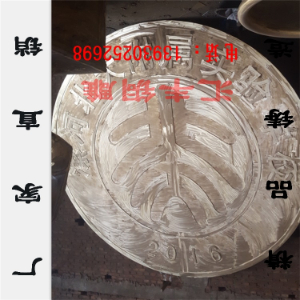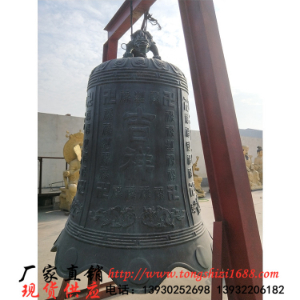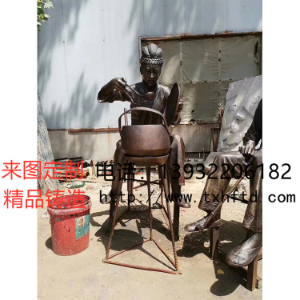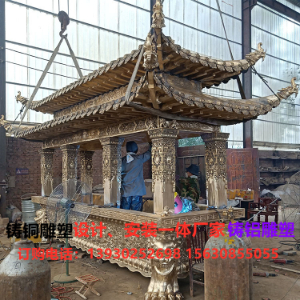龙是中华民族的象征
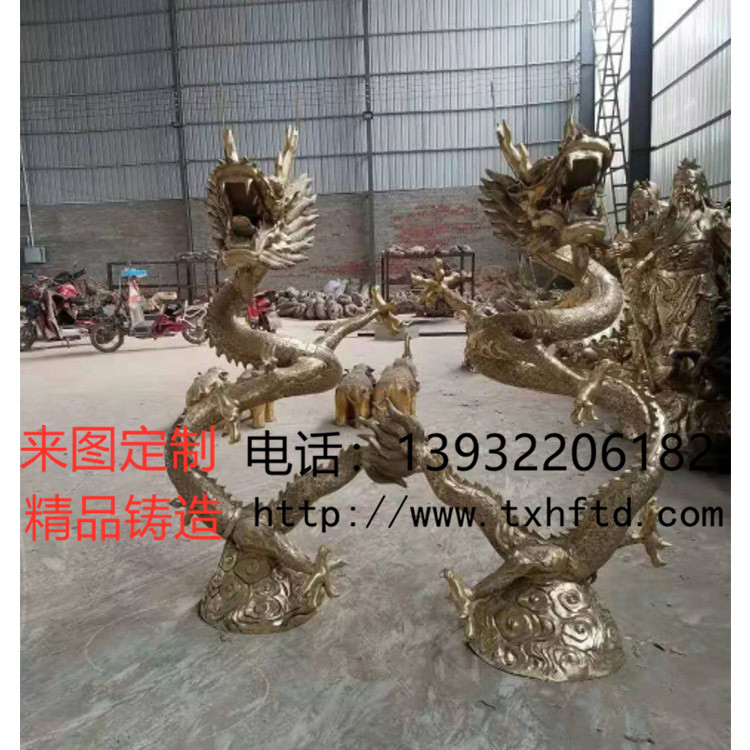
龙,是非常神奇的动物。龙是中华民族的象征。数千年来,龙的影响延伸到中国文化的多个领域,深深融入中国人的生活之中。龙起源于中国原始社会的新石器时代。目前,我国内蒙、河南、山西、辽宁、陕西、甘肃等地原始社会晚期遗址中曾出土一些与龙有关的文物,诸如龙纹彩陶罐、彩绘龙纹陶盘等。不过,当时龙的形象同秦汉以后龙的形象相距甚远。有的身躯粗壮,长吻平鼻,有如猪形;有的昂首弓背,眼眶和鼻端向上突起,取象于鳄;有的身躯弯曲细长,无足无爪,近似蛇形。在龙的发展历程中,这些龙属于“前龙”阶段,也就是说龙的形象正处于起源时期。不同地区之间,甚至同一地区内龙的形象都有较大差异。距今3000多年的商代,龙的形象得到初步规范。甲骨文中的“龙”字,形象地描绘了人们观念中龙的形象,而青铜器、玉器上的龙纹也同甲骨文中的“龙”字相似。像安徽阜南出土的一件商代盛酒器“龙虎铜尊”上,龙的形象已不同于自然界中任何一种动物,而是从鸟兽鱼虫各类动物中选择某一部分重新组合,融成一个有机整体。当时,龙的形象主要包括头、冠饰、角、目、耳、鼻、嘴、眉、足、鳞(羽毛)、尾和躯体等部分。我们称之为“真龙”。
Dragon is a very magical animal. Dragon is the symbol of the Chinese nation. For thousands of years, the influence of dragon has extended to many fields of Chinese culture and deeply integrated into the life of Chinese people. The Dragon originated in the Neolithic Age of China's primitive society. At present, some cultural relics related to the dragon have been unearthed in the late sites of primitive society in Inner Mongolia, Henan, Shanxi, Liaoning, Shaanxi, Gansu and other places in China, such as dragon pattern colored pottery pot, painted dragon pattern pottery plate, etc. However, the image of the Dragon at that time was far from that of the dragon after the Qin and Han Dynasties. Some of them are thick, with a long snout and a flat nose, like a pig; some of them are hunched up, with their eyes and nose protruding upward, like an alligator; some of them are curved and slender, without feet or claws, similar to a snake. In the process of dragon development, these dragons belong to the "pre dragon" stage, that is to say, the image of the dragon is in the origin period. There are great differences in the image of neilong between different regions, even in the same region. In the Shang Dynasty, more than 3000 years ago, the image of dragon was initially standardized. The word "dragon" in oracle bone inscriptions vividly depicts the image of dragon in people's ideas, and the dragon patterns on bronzes and jades are also similar to the word "dragon" in oracle bone inscriptions. For example, the image of dragon is different from that of any animal in the nature on the bronze statue of dragon and tiger, a Shang Dynasty wine vessel unearthed in Funan, Anhui Province. Instead, a part of all kinds of animals, such as birds, animals, fish and insects, is selected and recombined to form an organic whole. At that time, the image of dragon mainly included head, crown, horn, eye, ear, nose, mouth, eyebrow, foot, scale (feather), tail and body. We call it "real dragon".

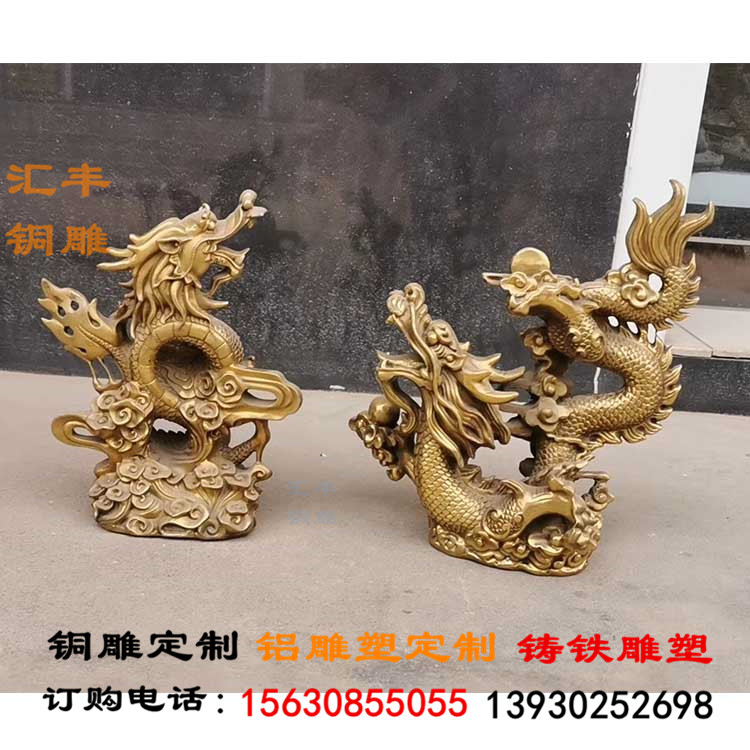
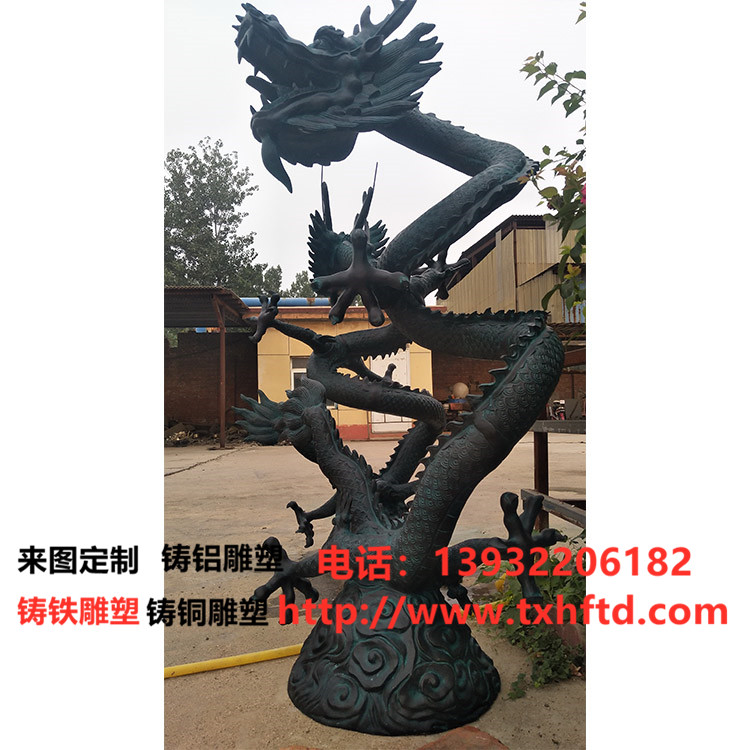



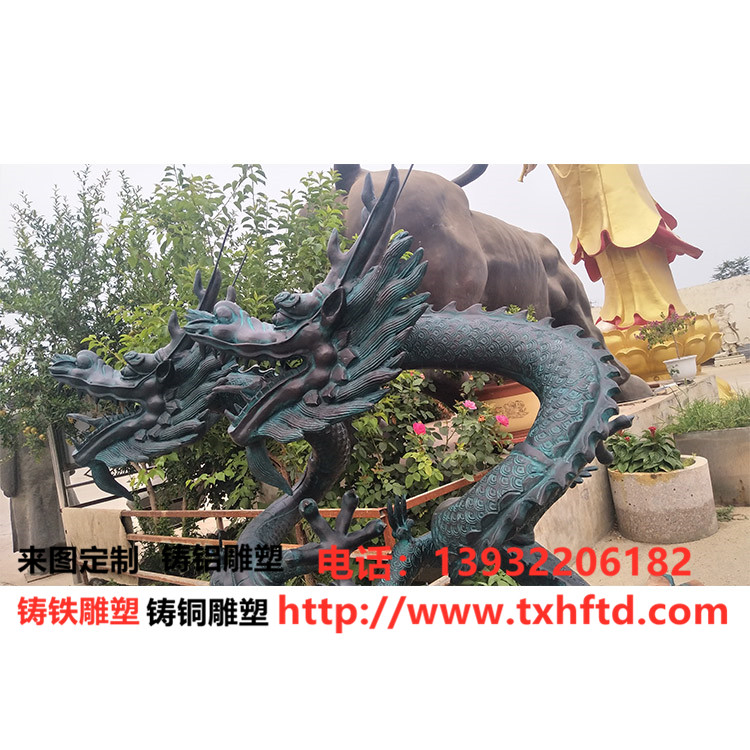
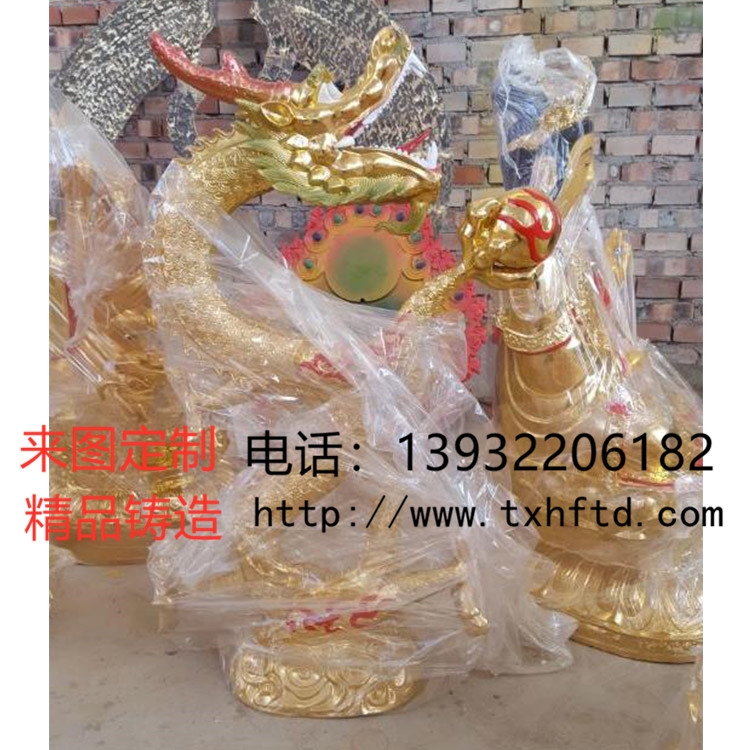
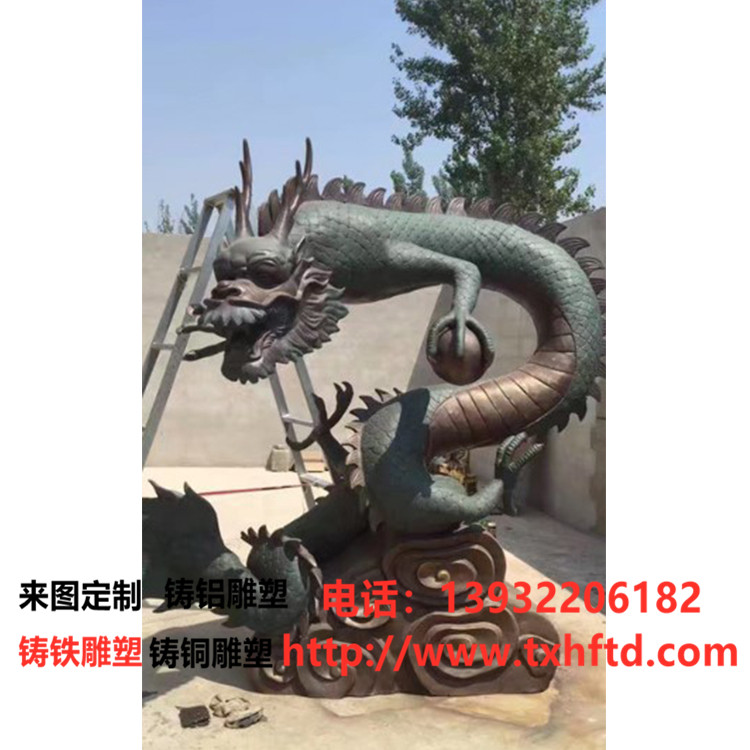

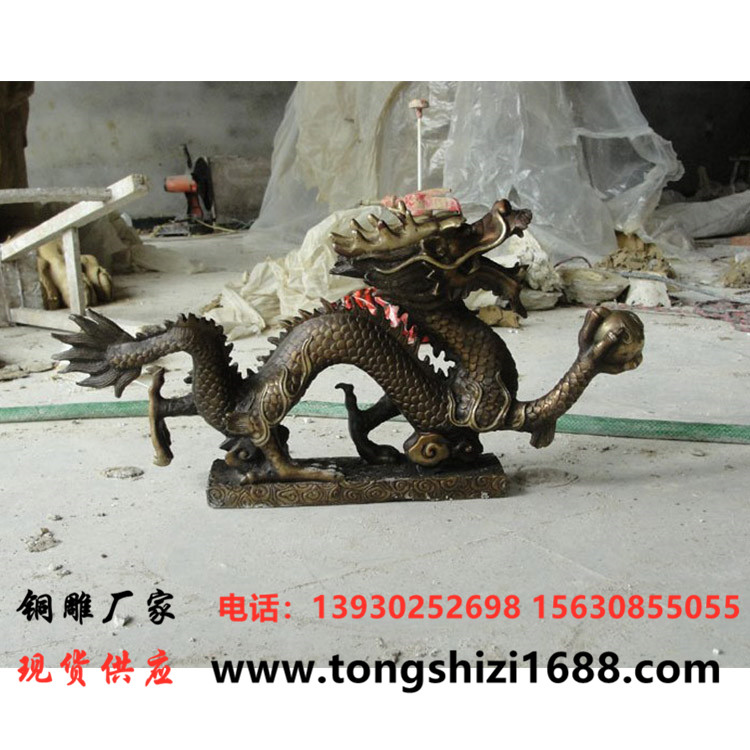

通过龙的形象的变化,我们去追寻龙起源的原因,可以看出重要的一点,即龙的起源与农业生产有关。中国是世界重要的农业起源地之一。早在1万年前,中国就有了原始农业。湖南道县玉蟾岩曾出土有距今1万年的稻粒。大家知道,水是农业的命脉。原始农业时期没有灌溉工程,必须依赖雨水,更怕河水泛滥,于是我们的先民渴望有一种控制水的能力。但当时,他们实在难以具有这种能力,便将希望寄托于他们所创造的龙这种神话形象上。前龙阶段的蛇、鳄、蜥蜴等爬行动物均与水有关,甚至有的就生活在水中。在陆地生活的人看到能潜于水中的鳄、快速在水中游动的水蛇、无脚而能自由运动的蛇,无不产生神秘感,由神秘而敬畏,而神化。进入真龙时期,人们干脆给龙在水中安了家。人们让龙生活在水中,为的是使其统领水域,以便农业上需要水时,敬请龙王兴云降雨。在先民的心目中,龙既然是神物,当然也就在观念上将龙同祥瑞联系到一起了。人们用龙比喻美好的事与物,龙的形象深入到社会生活的方方面面。在各种艺术作品中,在语言文字中,在各类物品上,都不乏龙的形象。在“食”的领域中更是与龙结下了不解之缘。如食品中有龙虾、龙眼、龙荔、龙须菜、龙虎斗、龙井茶、龙须面等。这些食品名称,有的是取其形似,有的则是寓意吉祥。又如在节令食俗上,早在元代已有“二月二,龙抬头”的记载。为表达对丰收的祈望,这一天很多地方盛行吃面食,这天做的面条叫龙须面,烙饼叫龙鳞,饺子叫龙牙。清代时,人们在“龙抬头”这一天还要用白灰从门外蜿蜒撒入厨房,并绕水缸一周,名为引龙回。北京的市民要用黍面、枣糕、麦米等油煎成食品,称为薰虫。此外,在元宵节人们要舞龙灯,端阳节要赛龙舟,这些都属于与龙相关的饮食文化活动。
Through the change of the image of dragon, we can find the reason of the origin of dragon. We can see that the origin of dragon is related to agricultural production. China is one of the important agricultural origins in the world. As early as 10000 years ago, China had primitive agriculture. Rice grains dating back to 10000 years have been unearthed in Yuchan rock, Daoxian County, Hunan Province. As you know, water is the lifeblood of agriculture. In the primitive agriculture period, there was no irrigation project, so we had to rely on rainwater, and we were more afraid of river flooding, so our ancestors were eager to have a kind of ability to control water. But at that time, they could not have this ability, so they put their hopes on the mythical image of dragon they created. Reptiles such as snakes, crocodiles and lizards in the pre dragon stage are all related to water, and some even live in the water. People who live on land see alligators that can dive in the water, water snakes that can swim fast in the water, and snakes that can move freely without feet, all of which produce a sense of mystery, awe and deification from mystery. Entering the real dragon period, people simply set up a home for the dragon in the water. People let the Dragon live in the water, in order to make it dominate the water area, so that when water is needed in agriculture, please let the Dragon King Xingyun rain. In the minds of the ancestors, since the dragon is a God, of course, it also links the dragon with auspiciousness in concept. People use the dragon as a metaphor for beautiful things. The image of the dragon goes deep into all aspects of social life. In all kinds of works of art, in language, in all kinds of goods, there is no lack of dragon image. In the field of "food", it has an indissoluble bond with the dragon. Such as lobster, longan, Longli, asparagus, Longhu Dou, Longjing tea, and Longxu noodles. Some of the names of these foods are similar in shape and some are auspicious. On the other hand, as early as the Yuan Dynasty, it has been recorded that "on February 2, the Dragon raised its head". In order to express the wish for a good harvest, pasta is popular in many places on this day. The noodles made on this day are called Longxu noodles, pancakes are called Dragon scales, and dumplings are called Longya. In the Qing Dynasty, on the day of "dragon head up", people would use white ash to wriggle from the door into the kitchen and circle the water tank for a week, called leading the Dragon back. People in Beijing need to fry millet flour, jujube cake and wheat rice into food, which is called fumigant. In addition, on the Lantern Festival, people need to dance dragon lanterns, and dragon boat races on the Dragon Boat Festival, all of which are dragon related food and cultural activities.
推荐资讯 / Recommended News
- 【2020-08-30】艺术性的无价之宝“铜雕工艺”
- 【2020-08-28】公园铜雕塑有什么意义?
- 【2020-08-26】雕塑成为城市精神集中的体现
- 【2020-08-25】铜雕塑的制作过程
- 【2020-08-23】城市雕塑的作用
- 【2020-08-21】河北唐县铜雕塑文化特殊之处
- 【2020-08-18】精品定制铸铜大型铜香炉
- 【2020-08-13】校园铜雕塑的文化涵养
